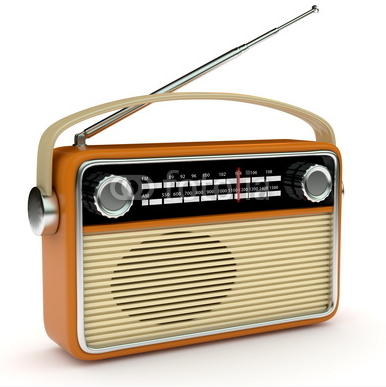
MUMBAI: The radio and music industries in India has been out of tune over music royalty for years now, but it seems melody might be regained with the Copyright Board resuming hearings on the issue from 24 August.
Post the last hearing on 28 July, the music licensing body PPL was granted an order from the Delhi High Court mentioning that evidences submitted by them till 28 July would be taken on record and the witnesses would be allowed to be cross examined. Both industries are now looking forward to bury the contentious issue and start afresh.
The Copyright Board is expected to revise its 2002 order on royalty rates for commercial FM radio which is Rs 660 per needle hour for around 45 minutes of music per hour. The radio industry is subjected to pay royalty at the rate of Rs 660 per needle hour to two bodies of the IMI- Phonographic Performance Ltd (PPL) and The Indian Performing Rights Society (IPRS). The industry has been repeatedly challenging the right of IPRS to royalties but it was agreed upon by the both parties that "sound recording rights" and "rights in musical/lyrical works" are separate and dual licenses have to be acquired by the FM stations. Not complying in acquiring of both licenses would lead to infringement of copyright.
Association of Radio Operators' of India (AROI) secretary general Uday Chawla points out, Many countries have a blanket license fee for radio. For example, radio operators in Canada pay about four per cent of their revenues. But radio stations in smaller towns of India end up paying as much as 60 to 70 per cent of their revenues thereby crippling the industry....
The radio industry alleges that the burden of music royalty is bleeding the radio industry, whereas the music industry argues that the radio companies are asking the music industry to charge less for small stations without agreeing to pay more for the metro stations that have higher revenue potential.
The music industry claims that radio listenership and advertising revenues has grown manifold since the 2002 royalty order by Copyright Board and hence the rates needs to be revised according to current times. Reacting to it Chawla is of the opinion that the music industry with its myopic approach is killing the radio industry. He says, The 2002 royalty judgment was passed before the commercial FM policy was framed so, it wasn't foreseen that so many radio stations would spring up in the Phase 2 and the industry would have to spend so much on royalties. Radio industry is a revenue generator for music industry and they should be reasonable.... AROI has demanded that the government should put off the third round of FM radio frequency auction.
Represented by IMI (Indian Music Industry), the music industry is pinning hopes for revision of royalty fees and the radio industry is looking forward to revenue-sharing model for royalty on the lines of their arrangement on license fee with the government or variations in royalty for different cities according to their profitability.
The music industry has offered two assessments to the radio industry to choose from. IMI president Vijay Lazarus mentions, We have proposed both evaluations- the tariff of Rs. 2400 per needle hour or 20 per cent of revenues of radio stations and the radio industry could opt for the feasible one....
All music labels not being members of IMI also poses as a hurdle for the radio industry. Chawla states, This multiplicity also creates confusion as IMI is not association of all music labels and as such the radio station are no in a better bargaining position when they approach the labels individually....
The music royalty has been a contentious issue and to resolve the impending standoff, the Copyright board, in a Supreme Court judgment dated May 16, was granted constitutional authority to decide on royalty rates for the industry for automatic licensing. With the copyright board trying to sort issues, it seems that the differences between the industries may vanish.